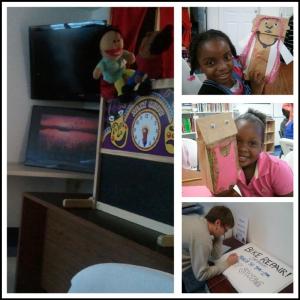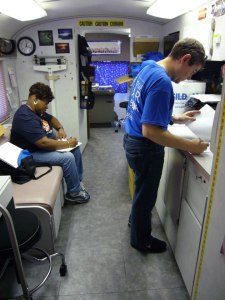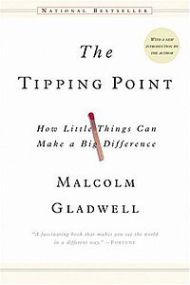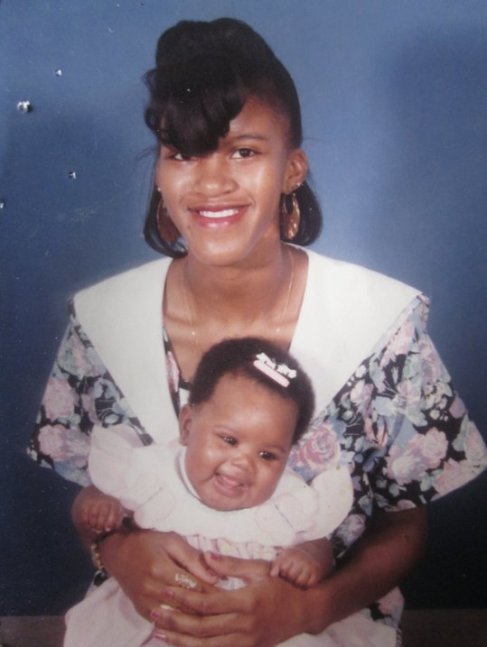I have to admit, I never really knew what CMIR stood for. I always considered the Center for Media Innovation and Research, “the random room with Apple laptops connected to the table.” The goal of CMIR is developing tomorrow’s journalism and communication forms, as well as, working to create new ways of telling the stories that journalists tell, to develop new ways of disseminating strategic communications and to research the effectiveness of both. I can honestly attest to the success of that goal. I had the opportunity to interview Les Rose in CMIR and I met an awesome man who has been part of the University of Florida since before the integration.
As for my journey as a journalist, it’s taught me that channel 2 sound does not translate well from Final Cut Pro to Youtube (well, for me that rings true). Not but seriously, my NAT POPs never translate! On a more serious note…my journey as a journalism student has really affirmed my interest in health, social issues, and good deed doers. I prefer to not talk about crime or get too heavy into politics unless it’s a major issue impacting the lives of the most fragile people. I really enjoy sharing success stories, good deeds, and health awareness stories.
This journey has really made me think about what my purpose is in life. Which is why I’ve decided to pursue a Graduate and Doctoral degree in Clinical/Counseling Psychology. I want to work with children and at risk families and be able to effectively communicate community needs, which is where my degree in Telecommunication, I believe, will really come in handy. Below is a picture from the Southwest Advocacy Group where I volunteer. The picture captures a puppet show called the “Dream Act” that we put on for the kids and later, as you can see, we helped them create puppets of what they would like to be when they grow up. The picture to the right is from a story I covered on colon cancer testing. For more media, click on the blue words in my post. They will take you to several different stories.





